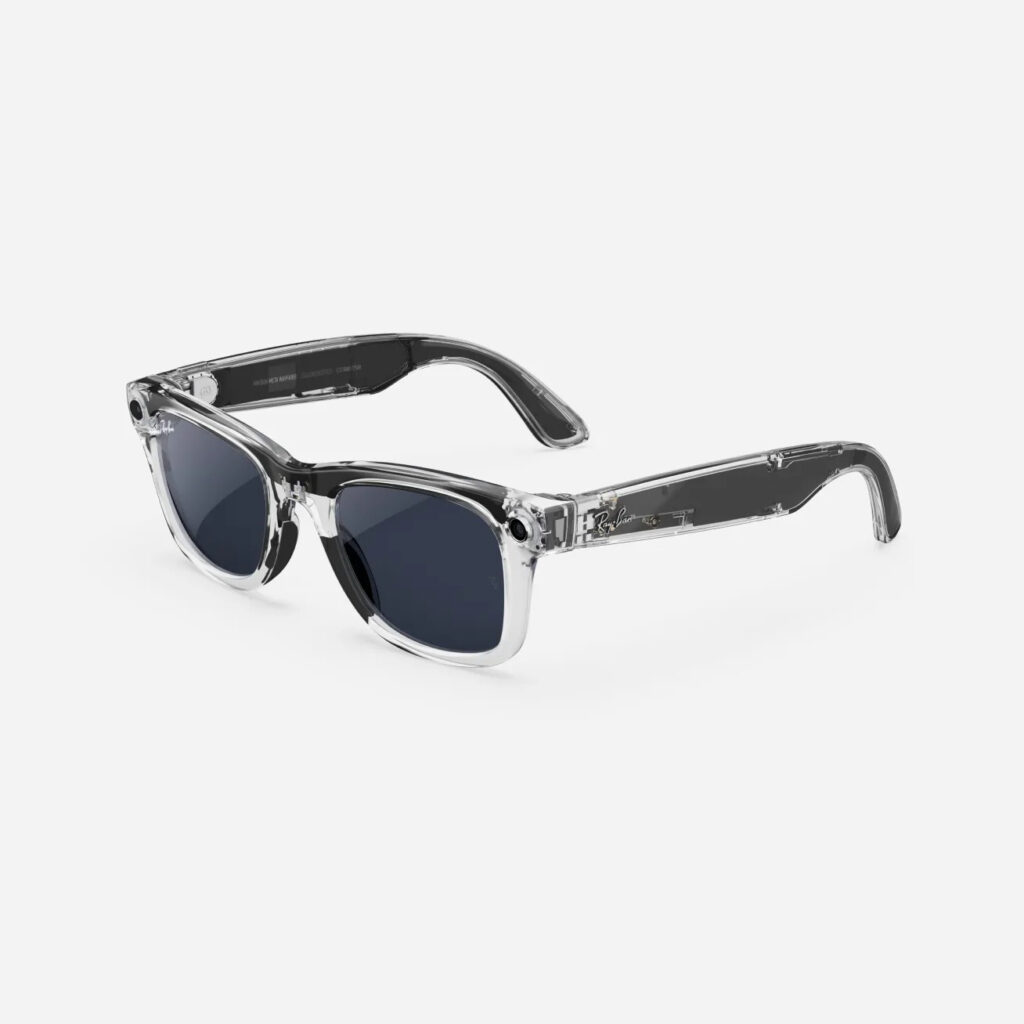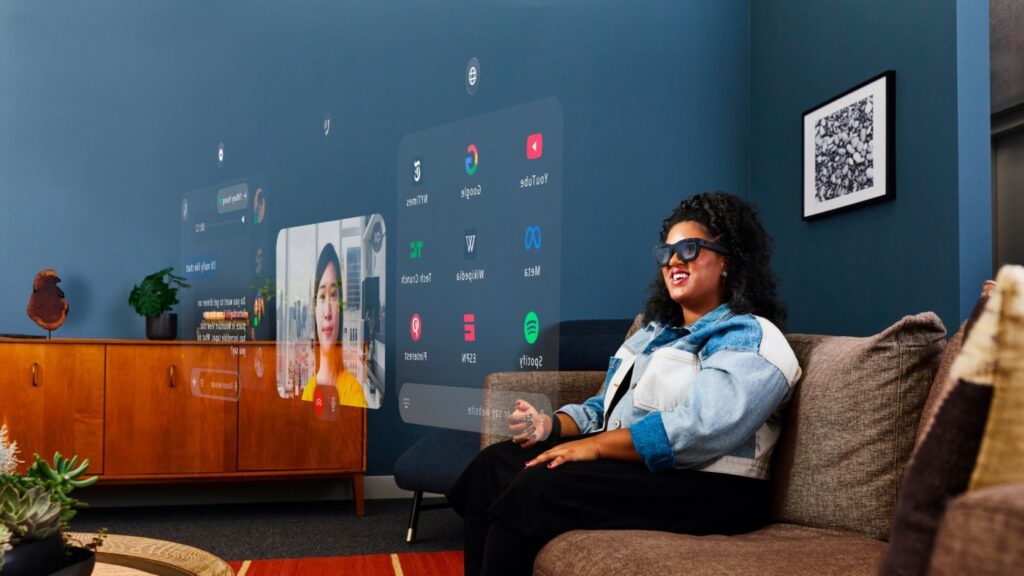Everything Unveiled at Meta Connect 2024
A new, budget headset, updated smart glasses software, new AI tools, and a mind-blowing augmented reality prototype.

September has been a busy month for technology events, but as the month wraps up, Meta came through with one of the most interesting, unveiling a range of new products, tools, and apps in their “Meta Connect 2024” event, which took place yesterday afternoon.
The event can be divided into four main categories: virtual reality, smart glasses software, AI, and a preview of a future device combining all of them.
The biggest hardware reveal was the Meta Quest 3S, Meta’s new entry-level VR headset, which replaces the four-year-old Quest 2. The 3S comes so close in features to the full Quest 3 that it makes the higher-end model a harder sell for casual users. For a detailed breakdown, you can read our full preview, but in brief, the Quest 3S starts at $299 for a 128GB version, is available for pre-order, and will begin shipping on October 15.
As expected, the older Quest 2 has been discontinued, and Meta has also discontinued the disappointing $1,500 Quest Pro, which targeted professional users. Meanwhile, the Quest 3 will remain in Meta’s lineup, now only available in a 512GB version for $499.
There were also several VR software updates. Meta has finally introduced versions of Instagram and Facebook designed for VR and mixed reality, borrowing design elements from Apple’s Vision Pro headset. They’ve also added an “extended desktop” feature, which allows you to transfer your laptop’s screen to a giant virtual monitor by simply looking at your laptop and tapping a floating digital button. The interface looks smooth and intuitive, but working in VR is uncomfortable enough that most people are unlikely to use this feature.
On a similar note, Meta rolled out some updates to Connect Worlds, its virtual reality social space, along with upgraded avatars that look better. More exciting, though, is Meta’s new Hyperscape tool, which allows users to explore photorealistic, three-dimensional real-world spaces. During the event, Meta demonstrated this by having Zuckerberg walk around the studio of artist Daniel Arsham and EastWest recording studio. Users can also capture their own spaces using an iPhone camera. The app is available in the U.S. today.

Meta’s Ray-Ban collaborative smart glasses also received updates. While there were no significant hardware changes beyond new prescription options and a limited-edition fully transparent model — 7,500 pairs at $429 a pop — this doesn’t matter much, as the glasses remain among the best tech products on the market and have exceeded Meta’s sales expectations. For the unfamiliar, these are glasses with cameras on the sides, speakers in each arm, and a voice assistant built into them. This means that you can instantly take hands-free, point-of-view photos and videos as you walk around, or play music on the speakers, and use Meta’s AI to answer questions as you walk along. You can also video call with them now too; but remember, they don’t have a screen. I wrote a rave review of the first-generation glasses, and the current, second-generation versions are far better, with a thinner case, better camera, and more functionality.
The new announcements are split between “minor quality-of-life improvements, available now” and “ambitious AI changes, coming in the future.” To start small, users will be able to control iHeartRadio, Amazon Music, Spotify, and Audible through voice commands, and the AI assistant will now support follow-up questions without requiring “Hey Meta” before each query. This is something Google Assistant has been doing for over five years, but whatever.
You can read more about their other AI features on my separate piece breaking down their new AI features, courtesy of their new Llama 3.2 model, but — when they all work — the on-glasses Assistant will be able provide answers based on live video of what you’re doing through the classes; remember what you’ve told it; and let you live translate. None of these will work well at launch, but hopefully they get good over time.

The final big announcement of the event was Orion; Meta’s long awaited augmented reality glasses. Readers can read more about them in my separate preview piece, but the important thing to underline is that, no matter how cool they are, you can’t buy them Orion was meant to be a consumer product, but facing production difficulties, they are instead just building around 1,000 of these prototype units, primarily to be used internally, and will work over the next few years to make them thinner, most stylish, and less prohibitively expensive.
I expect to try a demo unit in a few weeks, and will give me thoughts on what they’re actually like to use; but this is extremely impressive, expensive hardware and underlines that Meta is one of the most innovative hardware companies in Silicon Valley.

